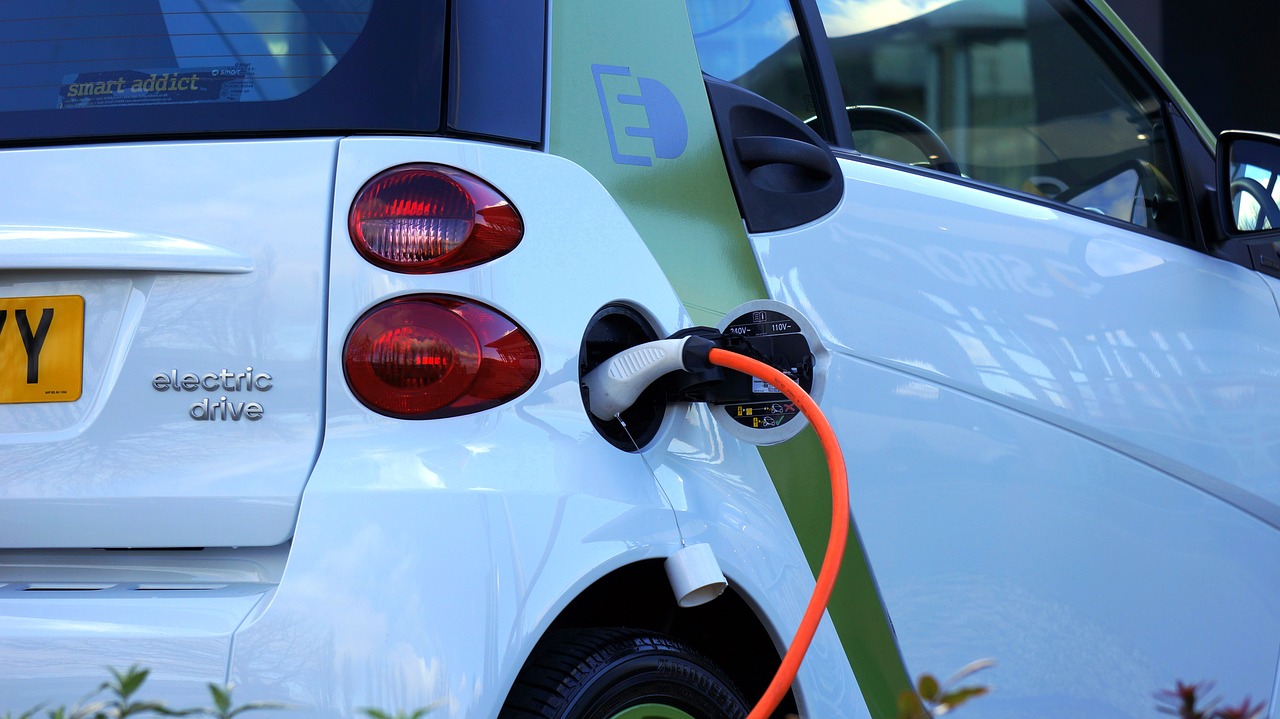
Transportation is the main driver of local air pollution and is on its way to becoming the single greatest source of greenhouse gases in Austin. Though the city and Capital Area Metropolitan Transportation Authority are taking steps to electrify their fleets, the city’s revised draft Climate Equity Plan has identified the roughly 600,000 fossil-fuel-burning private cars and trucks on the road as the greatest challenge to reducing local emissions.
In response, the Office of Sustainability predicts the city needs to have about 460,000 electric vehicles on the road by 2030, making up 40 percent of all vehicle miles traveled, in order for the city to reach net-zero greenhouse gas emissions by 2040. For comparison, there are now about 10,000 electric vehicles in the greater Austin area.
“Why that number is so high is because, when you start modeling out how do we get the steep reductions of emissions, out 10 years, out 20 years, the only way to do it is to have really high percentages of people out of cars, or electrify those cars,” Zach Baumer, the city’s climate program manager, told the Urban Transportation Commission on Friday afternoon.
Drawing on historic local behaviors and other limitations, the report does not foresee getting a large percentage of drivers onto other modes like transit or bicycle as a viable or sufficient strategy by itself, a position that was critiqued by several commissioners.
“Half a million vehicles is half a million vehicles, and the pollution from the rubber tires, the pollution from the way cars work is not great,” Commissioner Mario Champion said. “A pure climate standpoint to be really genuinely bold, it would be, how can we take half a million vehicles off the road, how can we get a train system that works or a bus system that works.”
According to the city’s transportation modeling scenarios for 2030, Baumer said it’s not realistic to expect public transit to account for a large percentage of total transportation miles traveled, even if Capital Metro’s Project Connect vision is approved in November and built out over the next decade.
“If we fully build out Project Connect and they fully get it full of people every day all of the time, we maybe get to 5 percent of the total (vehicle miles traveled) reduced,” Baumer said. “So the challenge is that by 2030, the people still have to move around.”
In 2018, public transit rides accounted for 0.3 percent of local transportation miles traveled.
Through a variety of incentives and programs, the draft climate plan seeks to make electric vehicles affordable and accessible to all residents, especially communities of color and low-income residents. Strategies include toll reductions for electric cars, an electric car-share program, electrified rideshare and gig economy sectors, and a low-cost charging station network.
If the programs are successful, the plan predicts local greenhouse gas emissions could drop 18 percent by 2030. Baumer said the scenario would require nearly all new car sales to be electric vehicles by 2026 or 2027, an “aggressive but potentially doable” goal.
Alternatively, Commissioner Susan Somers said the city could be more aggressive with relatively cheap active transportation solutions.
“One of the things that I would say we can do that we haven’t been doing a great job doing, is looking at the street real estate that we have now and immediately, proactively reallocating it to non-carbon modes,” Somers said. “We don’t have to go out and beg people or convince people or try to scrounge up money for electric vehicle programs. We can just do it.”
In 2030, the draft plan aims for “people-powered” modes like bicycling, rolling and walking to make up only 4 percent of all distances traveled, supported by more bike lanes, stronger bicycle outreach, and improved sidewalks, urban trails and pedestrian crossings. For its part, the Austin Strategic Mobility Plan seeks to triple the share of active transportation commutes from 3 percent to a mere 9 percent by 2039.
By the end of the decade, Baumer said the Austin area is likely to have over 800,000 vehicles on the road, an increase of about 200,000 from today. Somers said the perpetuation of car-oriented regional transportation traces back to decisions made by local leaders at the Capital Area Metropolitan Planning Organization, including the decision to allocate $400 million of regional transportation funds to the expansion of Interstate 35.
“We have cognitive dissonance in our planning here,” Somers told Baumer. “Anything that your staff can do to make our progressive City Council members grapple with that decision in an honest way and reduce that cognitive dissonance, I think is going to be helpful.”
In a recommendation from Commissioner Kelly Davis, the commission agreed to vote on an official list of recommendations on the draft climate plan at the Oct. 13 meeting. The plan is now posted online for public feedback until Sept. 30. The draft plan will likely go to Council for a vote on Nov. 12.
The Austin Monitor’s work is made possible by donations from the community. Though our reporting covers donors from time to time, we are careful to keep business and editorial efforts separate while maintaining transparency. A complete list of donors is available here, and our code of ethics is explained here.
"electric" - Google News
September 15, 2020 at 12:08PM
https://ift.tt/3mnroaM
Commissioners identify reliance on electric vehicles as weakness in revised Climate Equity Plan - Austin Monitor
"electric" - Google News
https://ift.tt/2yk35WT
https://ift.tt/2YsSbsy
Bagikan Berita Ini















0 Response to "Commissioners identify reliance on electric vehicles as weakness in revised Climate Equity Plan - Austin Monitor"
Post a Comment